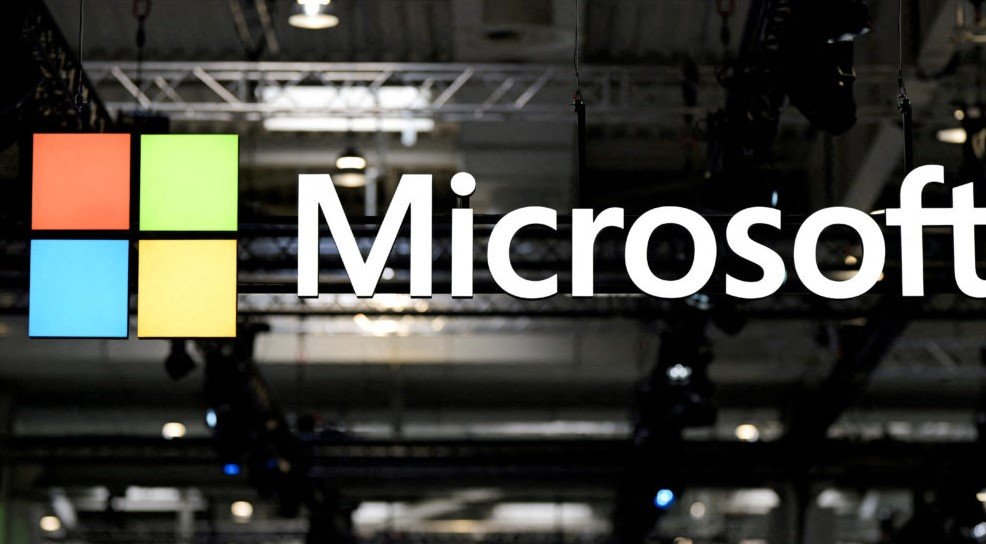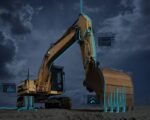In a bold move signaling a shift toward an AI-driven future, Microsoft announced today that it would lay off approximately 7,000 employees, equating to about three percent of its total workforce. The decision comes as the tech giant refocuses its efforts and resources on the rapidly advancing world of artificial intelligence.
Microsoft has made it clear that the layoffs aren’t directly linked to AI automation replacing jobs, but rather to streamline operations in line with a heavy investment in AI. This move is intended to free up capital and better position the company as a leader in AI-powered business solutions.
AI as the Core of Microsoft’s Future
Microsoft’s decision to scale back its workforce is part of a larger plan to reposition itself as a dominant force in artificial intelligence. Despite concerns about automation and job loss, insiders claim that this restructuring is driven by the company’s desire to allocate funds towards AI innovation.
CEO Satya Nadella has been vocal about his vision for AI. During a recent event in Silicon Valley, he emphasized that “maybe 20, 30% of the code that is inside of our repos today, and some of our projects, are probably all written by software.” This hints at a future where more and more of Microsoft’s software is developed with the help of AI.
While the tech community often links AI with automation replacing jobs, Microsoft’s leadership insists that AI is viewed as a tool to enhance human capabilities rather than replace them. Nadella refers to AI as a key part of “democratizing” technology, which would bring more powerful tools into the hands of businesses and industries.

The company’s suite of AI-powered products—such as Microsoft 365, Azure, and Dynamics 365—are designed to empower users, allowing them to work more efficiently and effectively. And with the recent inclusion of advanced AI features into these platforms, Microsoft hopes to open doors for businesses of all sizes to leverage cutting-edge technologies.
AI Investments Drive Positive Market Response
Microsoft’s stock has been performing well, even amid the news of these layoffs. On Monday, the company’s shares closed at $449.26, a record high for the year. This marks a consistent upward trajectory, with the company reporting quarterly revenues of $70.07 billion, surpassing Wall Street expectations.
Analysts attribute this positive performance to the company’s deep investment in AI technologies. As Nadella mentioned, Microsoft is committed to spending $80 billion in fiscal year 2025 to drive AI-related efforts. This level of investment is expected to keep Microsoft at the forefront of the AI revolution, ensuring that the company remains competitive in a tech landscape increasingly defined by artificial intelligence.
Despite the cost-cutting measures and workforce reductions, Microsoft’s financial outlook appears strong. The company’s gross profit margins have consistently remained in the high 60s to low 70s over the last few years, making it a favorite among institutional investors.
The Impact of Layoffs: Will More Follow?
The 7,000 job cuts have raised questions about the future of Microsoft’s workforce. Analyst Gil Luria speculates that the company may need to reduce its headcount even further in the coming years. Given the high capital investments in AI, Luria estimates that Microsoft might need to cut at least 10,000 jobs annually to balance out its capital expenditures and higher depreciation levels.
While the company is quick to reassure the public that AI is not driving mass layoffs, the reality remains that tech companies are in a constant state of flux, with automation tools being used to streamline operations.
Approximately 1,985 of the layoffs will affect workers in Washington state, where Microsoft’s headquarters is located. Although the company currently employs 228,000 people worldwide, these latest layoffs are just a part of a broader trend in the tech industry, where layoffs have become an all-too-familiar reality.
As businesses like Microsoft continue to shift toward AI-first strategies, these workforce adjustments may become increasingly common. The balance between innovation and job security will remain a crucial challenge as automation technologies advance.
Challenges for Workers: Coping with AI-Driven Layoffs
For the employees impacted by the layoffs, the situation is undoubtedly difficult. Job losses in the tech industry are particularly painful, given the high skill level and competitive nature of the field. With an increased focus on AI, displaced workers will face challenges in finding new roles, particularly if their skills aren’t in direct alignment with the growing demand for AI and data science expertise.
However, Microsoft is committed to helping affected workers transition. Reports indicate that the company will offer severance packages and career support to ease the transition for those let go. Still, for many workers, the emotional and professional toll of such a significant reduction in the workforce will be hard to shake.
As AI continues to evolve and play a larger role in business operations, Microsoft’s latest round of layoffs may be just the beginning of a broader industry trend. What remains to be seen is how these changes will affect workers and the tech sector as a whole in the long term.
What’s Next for Microsoft’s AI Future?
As Microsoft continues its investment in AI, it’s clear that the company sees artificial intelligence as a core component of its future. From Azure to Microsoft 365, the push for AI-powered solutions is intensifying, signaling a future where human workers and machines collaborate in increasingly sophisticated ways.
The move to lay off 7,000 employees may seem harsh to some, but it’s part of a larger strategy to prioritize the technologies that will define the future. The question now is whether other tech giants will follow Microsoft’s lead and how workers in the sector will adapt to the changing landscape.








